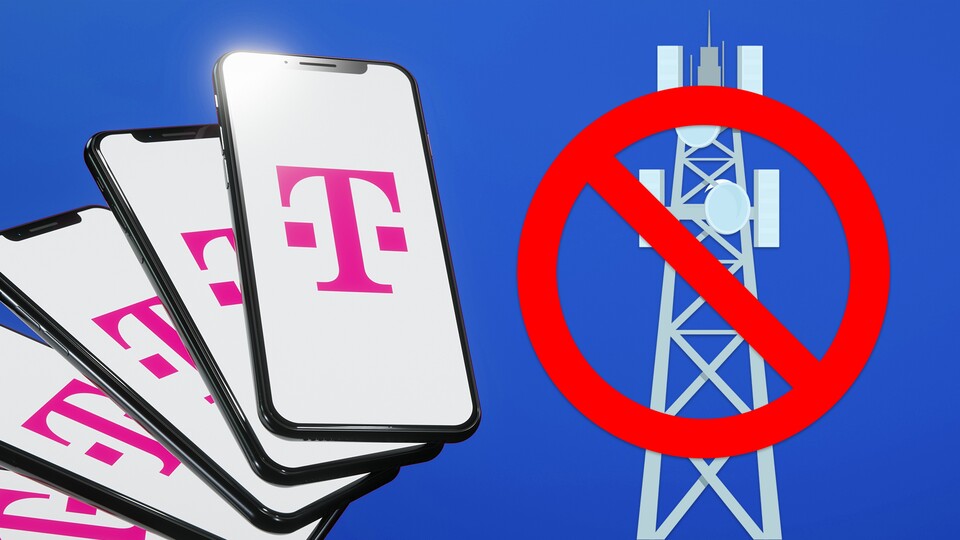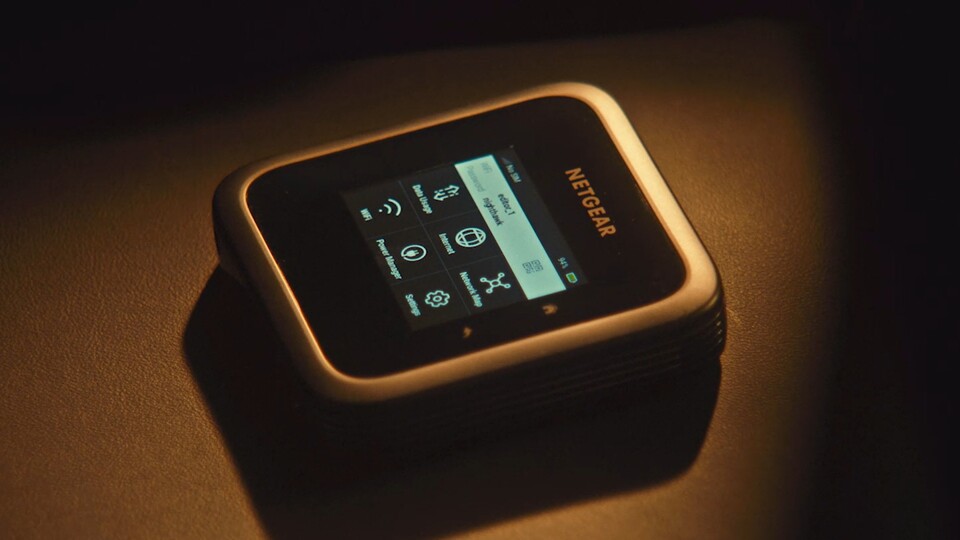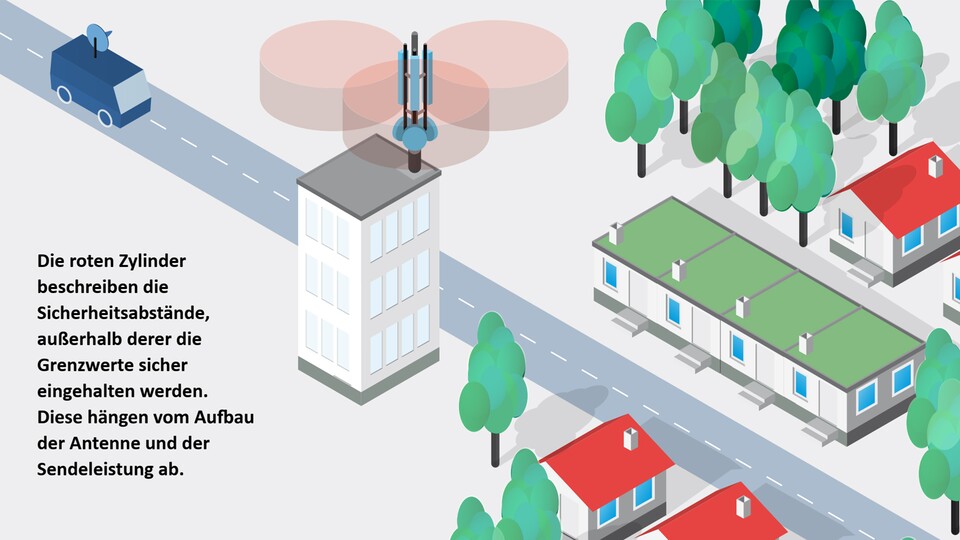
It is unclear whether the mast will be built as planned. (Image: Stock.adobe.com – HTGanzo, nsit0108)
T-Mobile is suing the community of Wanaque in New Jersey, USA, because it wants to stop the construction of a cell phone tower, which was already approved long ago, due to health concerns.
Important background on the lawsuit: T-Mobile has been paying rent on the site for about 14 years, The Register reports. This could make the mast one of the most expensive in the world, if it were built there.
- T-Mobile successfully submitted its bid for the appropriate lease for the site in 2009.
- The original plans were approved in 2010 by others
Funding priorities
However, the new mast was never built, according to The Register. - Efforts to finally complete construction first began in March 2023. However, they were eventually halted by the local community.
There was a back and forth that lasted over a year with provisional approval and then the promise being withdrawn again.
Now it seems T-Mobile has had enough of it and has filed a lawsuit against the municipality of Wanaque.


0:57
With Netgear's new 5G mobile hotspot, all your devices will be 5G capable
What is the cause of concern?
Community interestsThose who voted against building the mast point to potential adverse health effects on children at the school, as the following quotes appear in The Register:
First quote:
My answer is, “No, I don't think that's a good idea.” I'm worried about the kids.
Second quote:
I cannot believe this is safe and healthy for the children of our city.
What does T-Mobile think about this?
The mobile provider makes two main arguments against blocking the building:
- On the one hand, the community had already been provided with data about potential health and safety risks from the cell phone tower (which was apparently intended to allay fears).
- On the other hand, according to T-Mobile, health concerns are not a legal reason to deny a mast application.
To promote the build, T-Mobile also provided the community with network coverage data in the new app as of March 2023, according to The Register.
They are intended to show that the mast would fill the gaps in the existing cover, i.e Least annoying
Solution.
What is the situation in Germany?
In this country, the location of cell phone towers is also always a controversial topic, as is radiation exposure.
According to the Federal Office for Radiation Protection, there are clearly defined limit values that may not be exceeded.
- The limit values are based on the recommendations of the International Commission on Non-Ionizing Radiation Protection, the German Commission on Radiation Protection and the Federal Office for Radiation Protection itself.
- They apply to
Fixed mobile radio systems that generate electromagnetic fields in the frequency range from 9 kHz to 300 GHz
that is, to the cell phone towers in question (not to the cell phones themselves). - According to the Federal Office for Radiation Protection, the field strength decreases markedly with each meter of distance from the system. When people are in close proximity to each other, limit values of less than one percent are usually used, according to the office.


The Federal Office for Radiation Protection states in an information booklet on the subject of mobile communications that radiation exposure from mobile phone towers is significantly reduced even over short distances.
However, mobile communications is a relatively young area of research. This is also why, from our point of view, the fundamental desire to find locations other than schools and kindergartens for corresponding radio systems is understandable.
Another strange story from the USA: Frustrated with his ISP, Jared Mauch made himself his own ISP.
In the case of Wanaque, it is not clear from The Register's report how the school was granted and approved as a site for a communications tower more than a decade ago.
The same applies to the question of whether there are suitable alternative sites in the area that could be used.
Paying more money for a cell phone tower that doesn't exist to this day seems to be a thorn in T-Mobile's side.

Lifelong foodaholic. Professional twitter expert. Organizer. Award-winning internet geek. Coffee advocate.

